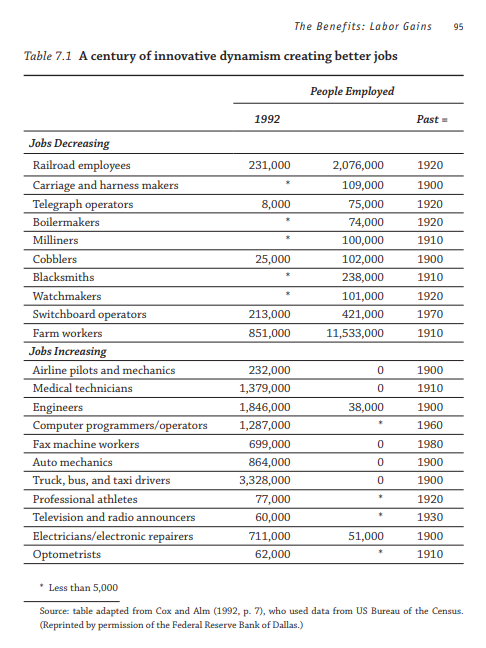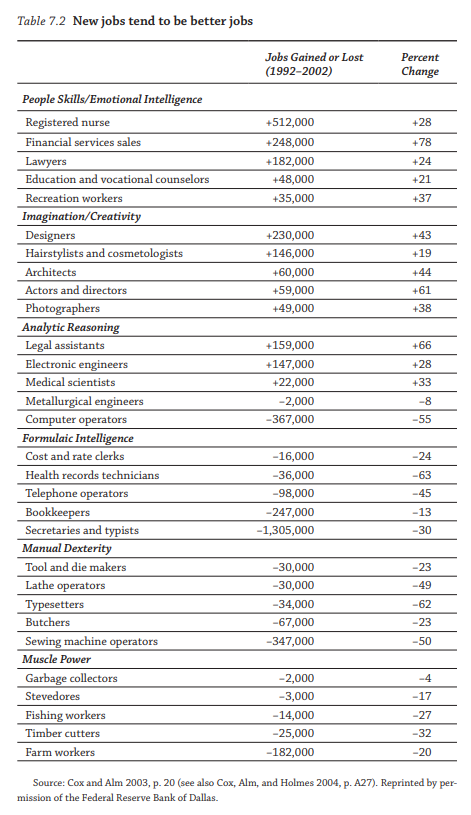(p. 1B) Downtown Omaha resident Rob Luhrs spends his early mornings and late nights hunting for scooters.
Luhrs, 41, is a “juicer” of Lime scooters (“Lime juicer” — get it?) who charges scooters and then sets them out again around town. He said he makes about $60 a day, seven days a week, doing the work. During the College World Series, he said, he was making between $80 and $90 a day.
Luhrs also is an instructor of Brazilian jiu-jitsu and a part-time real estate broker who works for a grocery delivery service. But he said he hopes to make charging scooters his primary source of income.
(p. 2B) “I want to work when I want to,” he said. “When I want to take a day off, I don’t want anybody complaining about it, and if I work extra hard, I want to get paid more. I can’t just go apply to somewhere and get that job.”
. . .
Luhrs said charging scooters is a great job for “independent-minded entrepreneurs.”
“For me personally, I’m willing to spend time during the day picking up scooters and make it a full-time gig,” he said. “I see other people out there, during the daytime, picking up scooters, so I know that they’re trying to make it a full-time gig, too.”
For the full story, see:
(Note: ellipsis added.)
(Note: the online version of the story has the date Jul 3, 2019, and has the title “Unorthodox working hours don’t steer Lime ‘juicer’ away from job charging scooters in Omaha.”)



